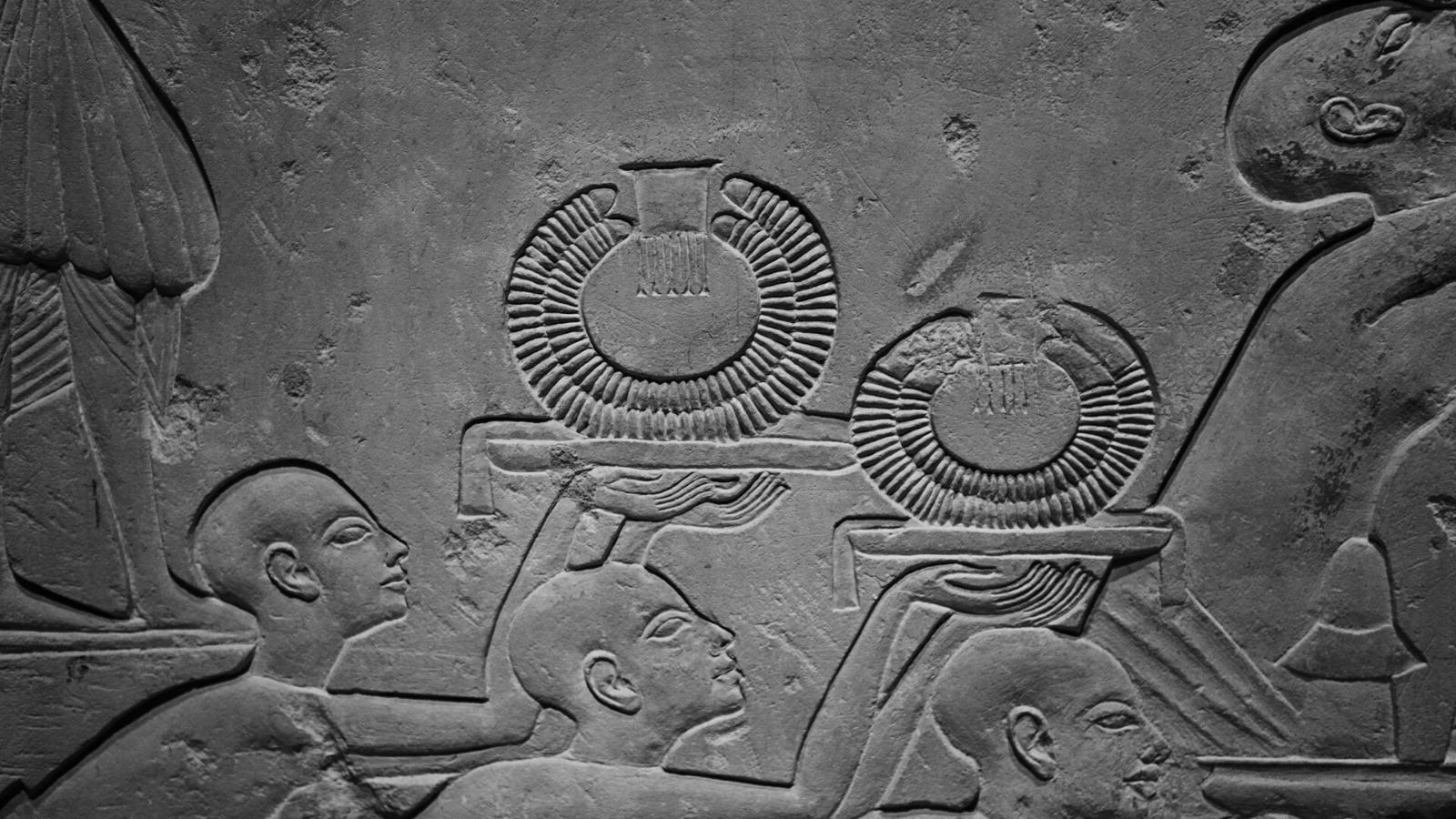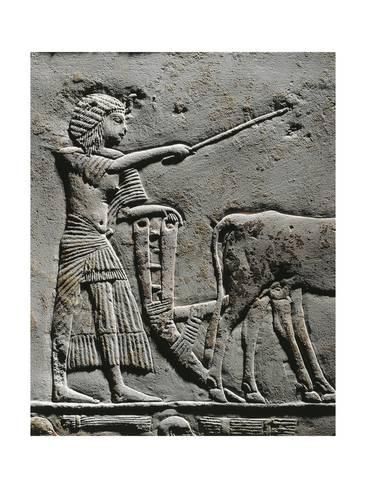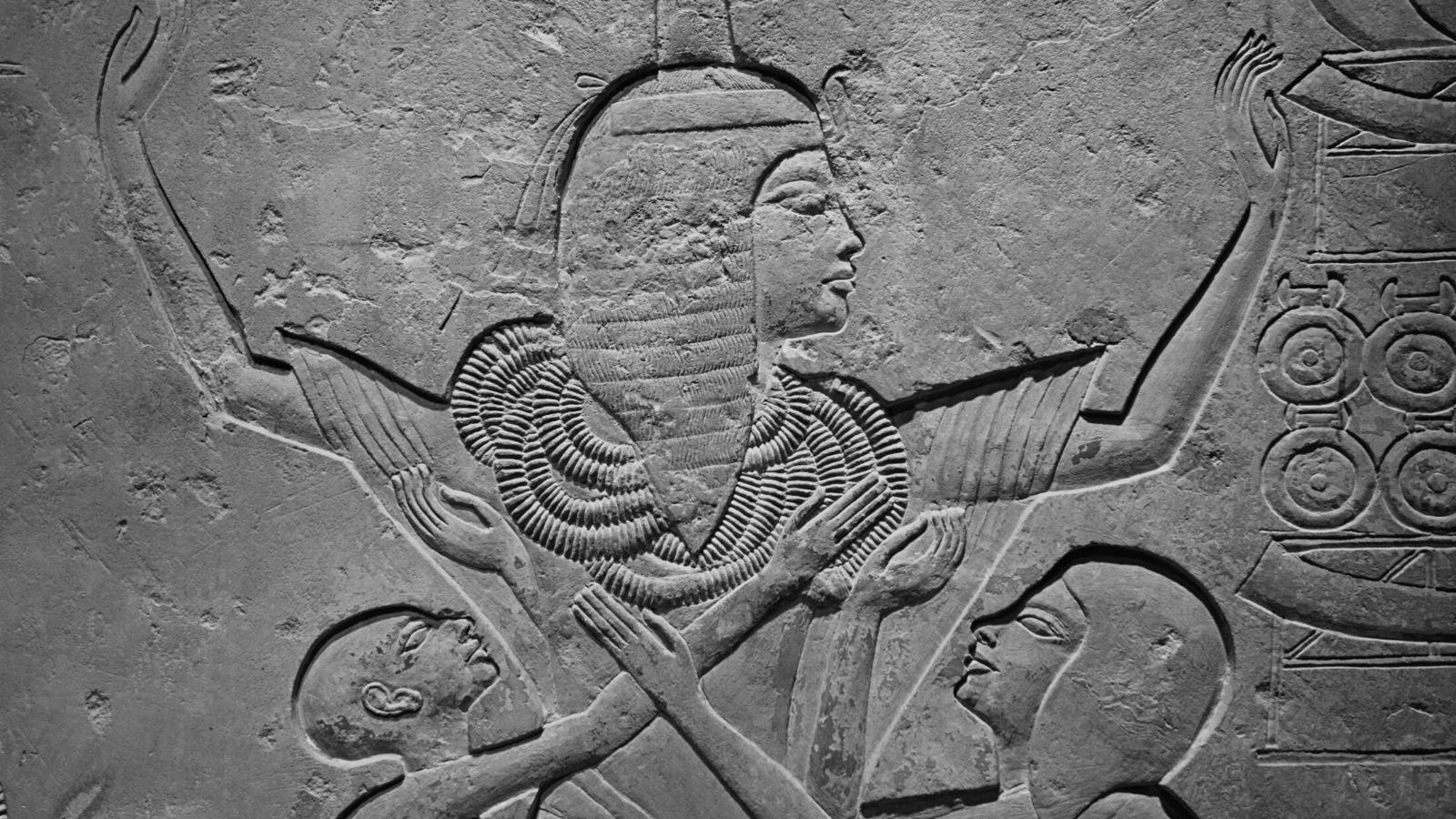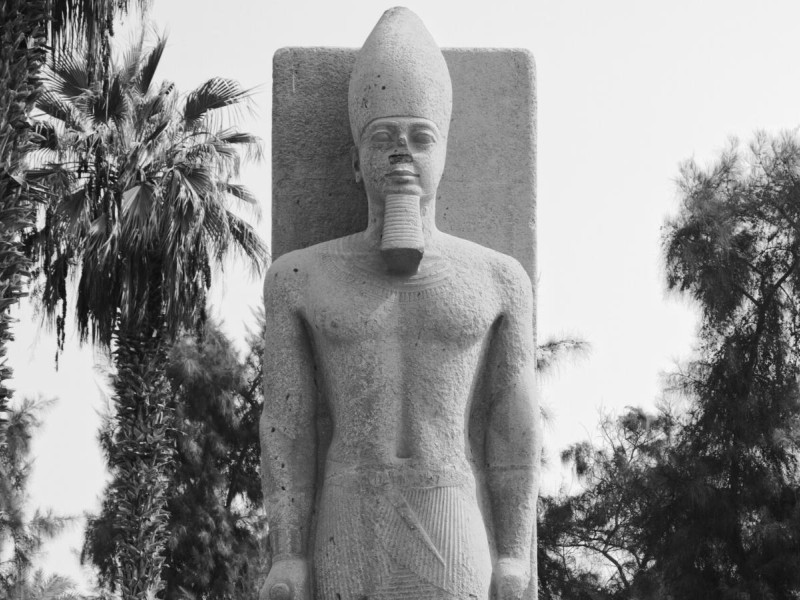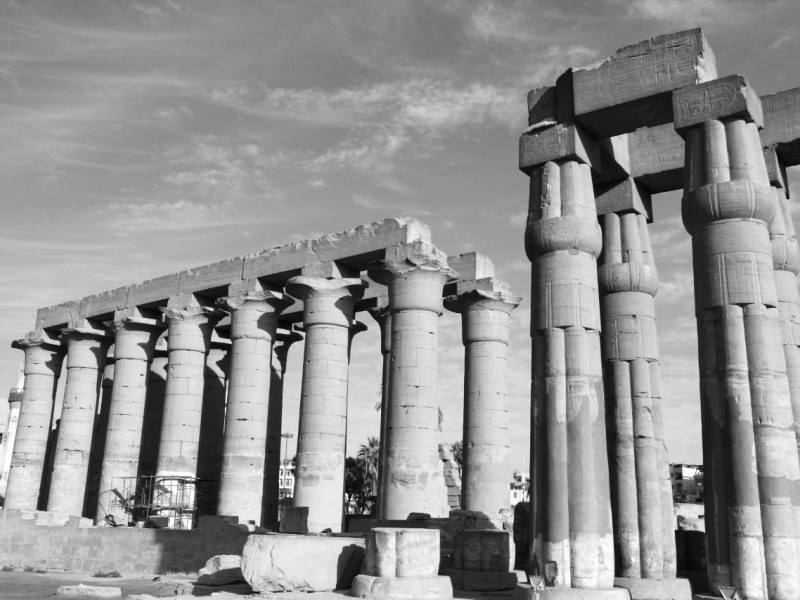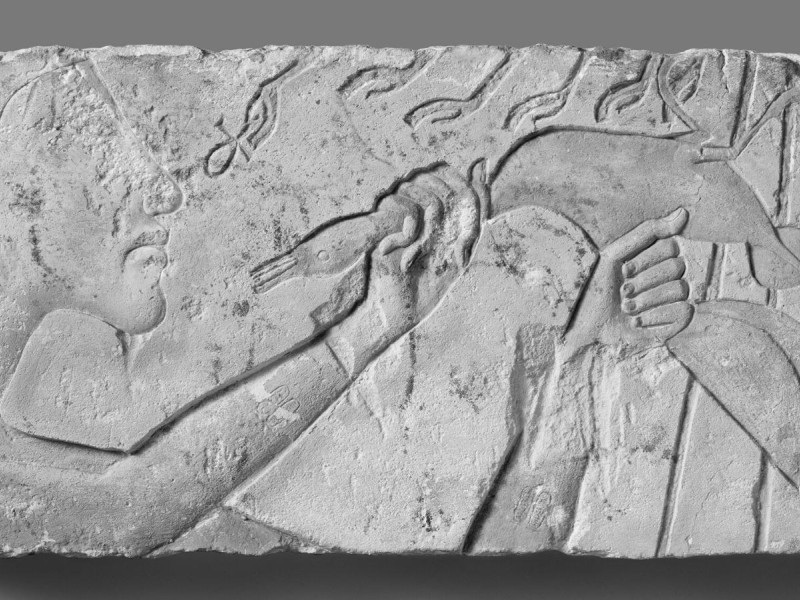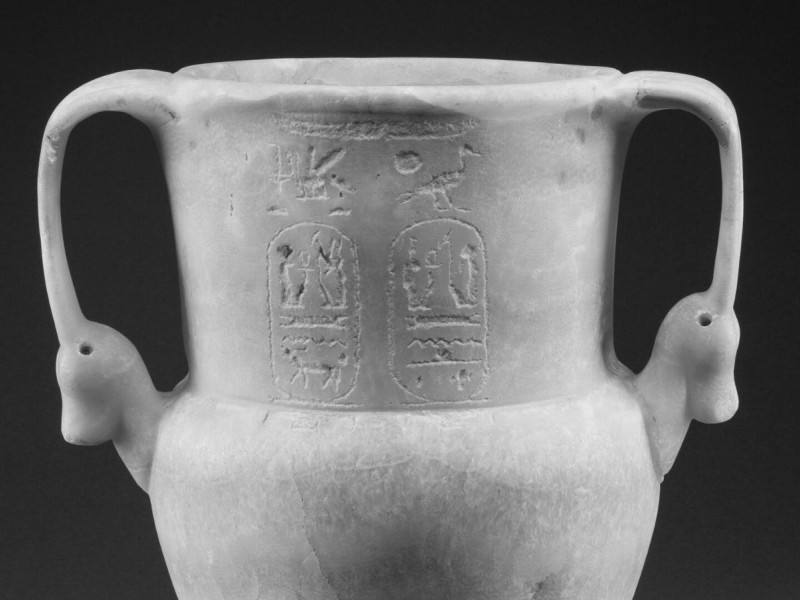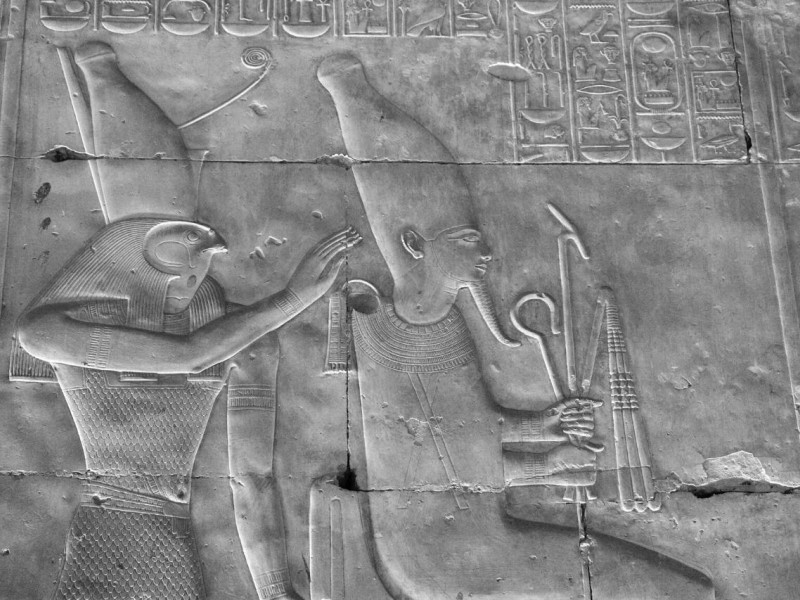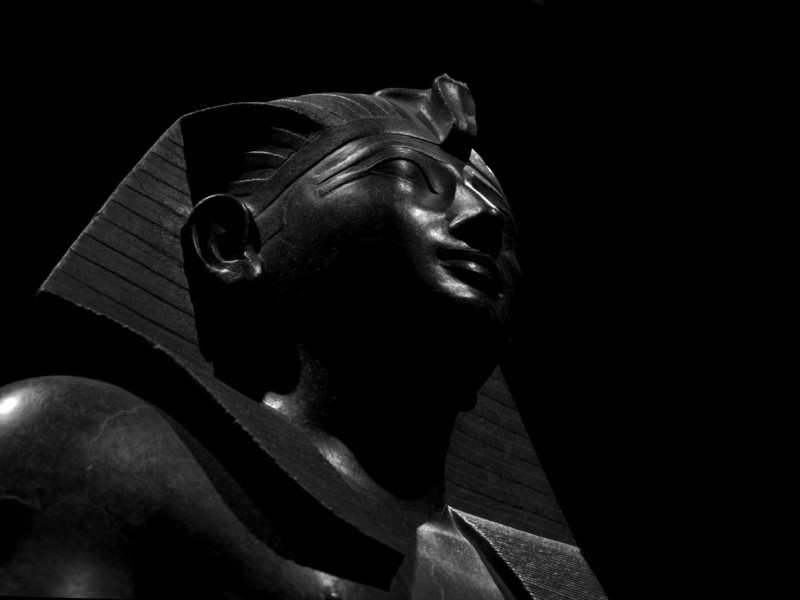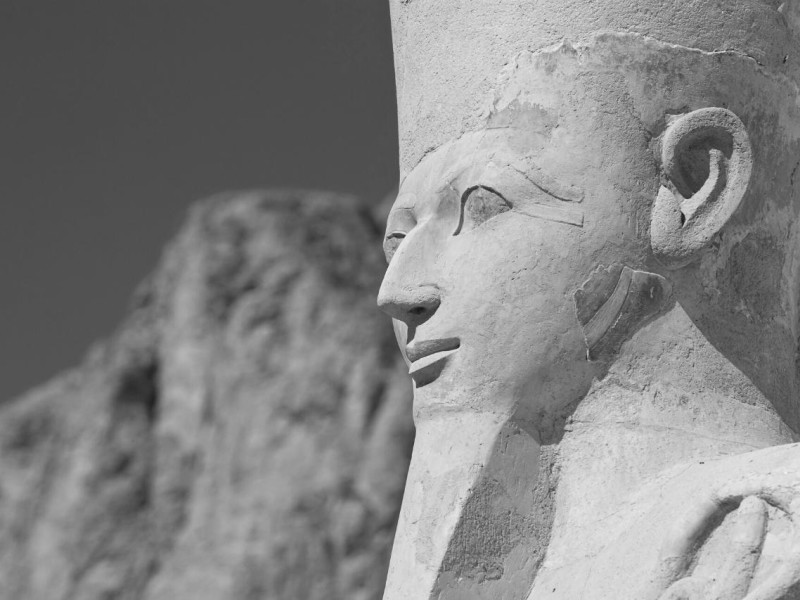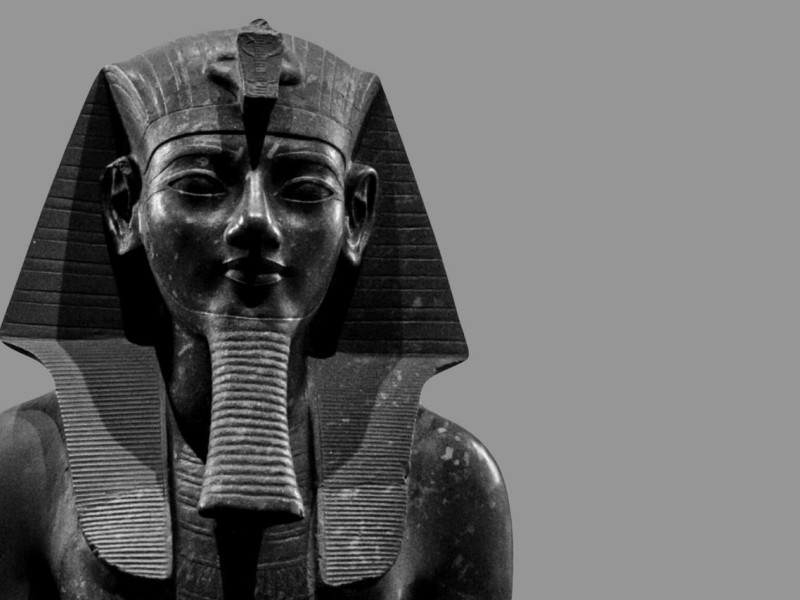Horemheb: The Military King Who Reigned Ancient Egypt
Horemheb or Haremhab ruled Egypt as the last king of the 18th dynasty with a clear vision to restore the nation. He reigned from 1319 BC to 1292 BC with his effort to pursue the rehabilitation of the religion, which suffered a major resistance before his regime.
Learn how he achieved his goal with military rigor in this article about the life and deeds of this great Egyptian commander.
The Origins of Horemheb’s Quest for Power
You probably know what happened during the reign of Akhenaten. There was a tremendous religious discord in Egypt, which heavily divided the population and affected the economy and government as a whole.
Growing up with unknown parents, Horemheb was raised as a commoner until he was trained in the army. General Horemheb rose to power during the time of Tutankhamun, who trusted his strong leadership in defense of his empire. When Tutankhamun died early, he was immediately replaced by King Ay.
King Ay completed the destruction of the temples of Aton and abolished the propagation of a divergent religion. You might want to know how he did it. He dismantled the temples and smashed relics that symbolized worship to what they called a wrong god.
Upon his proclamation as king, Horemheb worked for the expansion of the old religion. He was victorious in his campaign to restore the faith of the people.
To do this, he built three large pylons at Karnak, a religious complex composed of an extensive mix of temple ruins, chapels, gateways to the temples and other buildings. In addition to his achievements, he was able to restore other vital landmarks and monuments in the city of Theban.
An Overview on Horemheb’s Reign
In performing his duties as pharaoh, he was supported by his wife, Queen Mutnedjmet, who was from a royal ascendancy of women. Aside from his evident power, Horemheb was also instrumental in taking over the monuments of Tutankhamun and Ay.
Do you know that, to seal his leadership over the land of Egypt, he carved his name over the symbols of King Tut, Ay and Akhenaton?
Eager to strengthen his power more than any other king, he absorbed the leadership of his three predecessors.
Before he succeeded King Tutankhamun, he positioned himself as an impressive general, trusted by everyone in the land of Egypt. Such a strategy could tell you that all of the events in his life were geared toward his kingship.
Horemheb came to power with his good allies to establish leadership based on his military power. He was backed up by his ever-gallant general Ramses I, who was his vizier and ultimately succeeded to his throne.
Who Was Horemheb?
Horemheb, the last pharaoh of the 18th dynasty, was a military commander of humble origins that rose to power thanks to his outstanding military skills. You could probably imagine that Horemheb’s path to the throne was conceived by gods. He was not a member of the royal family, but he safely found his way to the throne after his loyalty to Tutankhamun was recognized.
When Ay’s reign abruptly ended, Pharaoh Horemheb took over the royal power, which was indeed fitted for him. Before his inconceivable luck, he had been appointed the Great Commander of the Army of Akhenaten, then he held the position of the King’s Deputy under Tutankhamun’s regime.
In 1321 BC, Horemheb proclaimed himself king and married Mutnedjmet, the Great Royal Wife. Archeological researchers have speculated that Mutnedjmet was related to Nefertiti’s sister, Mutbenret.
He immediately removed all representations of Tutankhamun and prohibited the worship of Aton. As you may know, such eradication was spearheaded by Akhenaten, but the earlier attempt caused turmoil in the religious and political facets of Egypt at that time.
As a king, Horemheb decided to open all ancient temples and restored the priesthood of Amun. To assure a formidable army, he divided the military into two commands: the northern and southern commands.
It was a clever move to prevent any coup against the kingdom. He hated the temples of Aten or Aton, which he destroyed to restore the faith of the people. He did what was right for Egypt, and this led to the people’s recognition of his reign.
The Controversy About Horemheb’s Rise to Power
Tutankhamun is regarded as the most famous king of the 18th dynasty of Egypt. Armed with his determination to bring back the faith of the people, he restored the old religion and the worship of the classic gods of Egypt.
However, his sovereignty was brief, as he suddenly died at the age of 19. He ruled only from 1334 BC to 1325 BC.
Hearsays about the death of the young Tutankhamun led to suspicions of a murder case, especially when a sliver of bone was discovered near the upper part of his brain. You would certainly ask who did it despite the security around the pharaoh. There was only one suspect at that time.
All hands and pieces of evidence were pointed to Horemheb, the King’s Deputy and the military leader closest to him. Such accusations hurt Horemheb’s image, because the people started asking how King Tut died. Tut was succeeded by Ay, whose reign ended after only four years.
Such an event was an opportunity that opened the door for Horemheb to take the throne, thus leading people to increasingly suspect his implication in the death of King Tut. Nonetheless, he was already a king, and nobody could take the kingdom away from him anymore.
Is There Any Truth About These Claims?
Archeologists have evaluated the involvement and potential motives of Horemheb in connection with the alleged murder of Tutankhamun. They have expressed their assurance that there was no sign of Horemheb’s intention to grab the power from King Tutankhamun. It was not proven that he planned the murder of the young king, which seems unlikely considering his closeness and respect to King Tutankhamun.
Furthermore, you have to consider that, as the King’s Deputy, Horemheb was already entitled to the royal seat. As such, he had no clear reason to kill the pharaoh. Given all these notions, archeologists found more mystery to Ay’s royal ascendance to the throne in the place of Horemheb.
For this reason, ancient archeologists were vocal about their conviction that Horemheb was innocent of the alleged murder of King Tut, and accused Ay to have murdered the king.
This claim seems to be supported by the fact that Horemheb was in Asia when the death of the king happened. In addition to that, investigators claimed that they didn’t find any traces of Horemheb’s belongings in the place when the murder was executed.
Horemheb’s Life
Horemheb could probably be from a city on the west bank of the Nile called Hnes. It was believed that he was born near the Fayun entrance in Hnes because his coronation text, sent all over the nation, depicted representations of the god Horus of Hnes.
His parents were unknown, but he grew up with strength and agility fitted for a valiant soldier. To complete his military mission, he was also delegated as a royal spokesperson for Egypt’s foreign affairs.
His frequent meetings with Tutankhamun paved the way to their highly trusted relationship and Horemheb’s ascend to power. He was appointed as the commander-in-chief of the army and personal counsel to the king.
After the rise to the throne, his monarchy lasted for 30 years. Without biological children of his own with Queen Mutnedjmet, Horemheb ended his reign without an heir. Paramessu, his vizier, succeeded him on the throne and took the name of Ramses I.
Horemheb’s Honorific Titles
Before proceeding to the examination of Horemheb’s glorious legacy, you have to know his prestigious titles. He was called the chief commander of the army, Hereditary Prince, the King’s Messenger, and the Sole Companion.
After the death of Tutankhamun, Horemheb was already the crown prince or the deputy king of Egypt. These titles were boldly written in the tomb of Horemheb in Memphis.
Because of his unveiled designations, we can safely assume that he was the designated successor to the throne instead of Ay. After Tutankhamon’s death, he intended to claim the kingship and rule the land, but Ay married the young bride Ankhesenamun, while the widowed queen didn’t want to marry a commoner like Horemheb.
This is probably why Ay obtained the throne and served as the appointed king right after the death of King Tut. However, Ay never became a famous king.
His reign lasted for only four years and was marred by the coup staged by Horemheb. Some believed that Horemheb had already known that the kingship would have been his reward for having served Egypt under Tutankhamun and Ay, and that it was just a matter of time before he became pharaoh.
Horemheb’s Legacy
Horemheb was recognized for his humble beginnings. He truly worked his way up. When he became a military official, he developed a career worthy of respect and admiration by his king and people.
He started his career during the time of Amenhotep III, but that king didn’t support the military and Horemheb’s career somewhat stalled. Despite this, Horemheb chose to stay in Memphis for more than 17 years, until Tutankhamun became the king. At this time, a new and promising career for Horemheb started because the young royal trusted Horemheb and appointed him as the King’s Deputy.
It is in this period that Horemheb showed his ability to lead with genuine strength and power. His law-and-order policy was obeyed by the people. He was loyal to his title and prioritized the prosperity of the country over anything else.
He was depicted as a scribe, sitting with crossed legs and a roll of papyrus on his lap. This image of Horemheb showed his devotion to his role as the King’s Deputy.
The hieroglyphic symbols associated with Horemheb unveiled his royal pledge to serve the nation with wisdom, truth and loyalty. Having been a respected commander of the army during the reign of Tutankhamun, Horemheb ascended to power to guide the country on the right track. Dismantling the temples for the worship of Aton was his great accomplishment to keep the people from the worship of an anomalous god.
Horemheb’s Tomb
To offer royal tribute to kings, it was customary for the Egyptians to bury their bodies in the Valley of the Kings. Horemheb’s tomb was decorated with his achievements as a military and a king.
Included in the design was a collection of little cobras as a sign of royalty. This further associated Horemheb to Tutankhamun, who was represented with a cobra on his forehead.
Interestingly, the first Horemheb tomb was at Saqqara, but he was eventually buried in the Valley of the Kings like other pharaohs of his time. As Horemheb rose to power unexpectedly, it is possible that he constructed two tombs for himself to strengthen his title.
Finding the tombs of kings was a gigantic task for archeologists. Fortunately, discoveries have shown Horemheb’s tomb, containing answers to the missing pieces about his life.
They found a vast collection of smashed furniture and wooden objects, as well as his empty sarcophagus. Nobody could ever discover what happened to the empty sarcophagus. The body simply vanished without a trace.
It was believed that Horemheb’s tomb was robbed and the mummy sold. You could wonder if his tomb was cursed despite magic formulas given by priests upon the tombs of kings to protect them from thieves. However, it is more realistic to assume that Horemheb’s tomb must have been plundered and disposed of in exchange for money.
Conclusion
Recognized as the Crown King after the reign of King Tutankhamun, Horemheb was poised to become the next king. However, Ay took the throne — at least until Horemheb forcefully seized power with a coup.
Horemheb ruled ancient Egypt elegantly with his military prowess. He restored the temples and introduced the people again to the original religion of their ancestors. He took pride in his ability to lead the nation and introduced transformation in the government and their religious beliefs.
As a great nation, Egypt was ruled by mighty kings. Nonetheless, the country also suffered from unwise leaders who ruined the government, politics, and religion, causing tremendous chaos in the land. Horemheb came to power to bring hope to the people. With law and order in Horemheb’s hands, Egypt once again found its rightful place in the annals of history.
